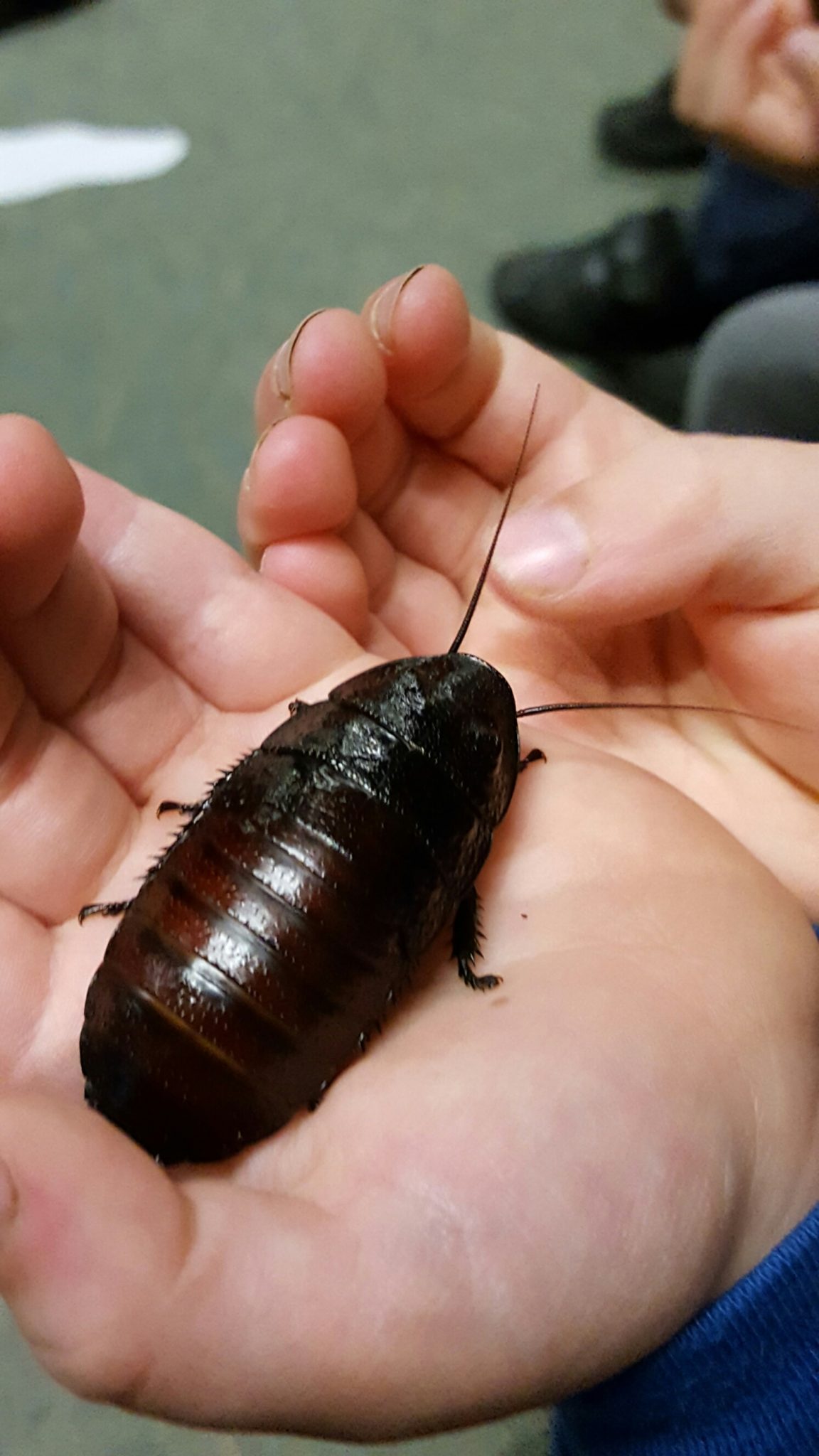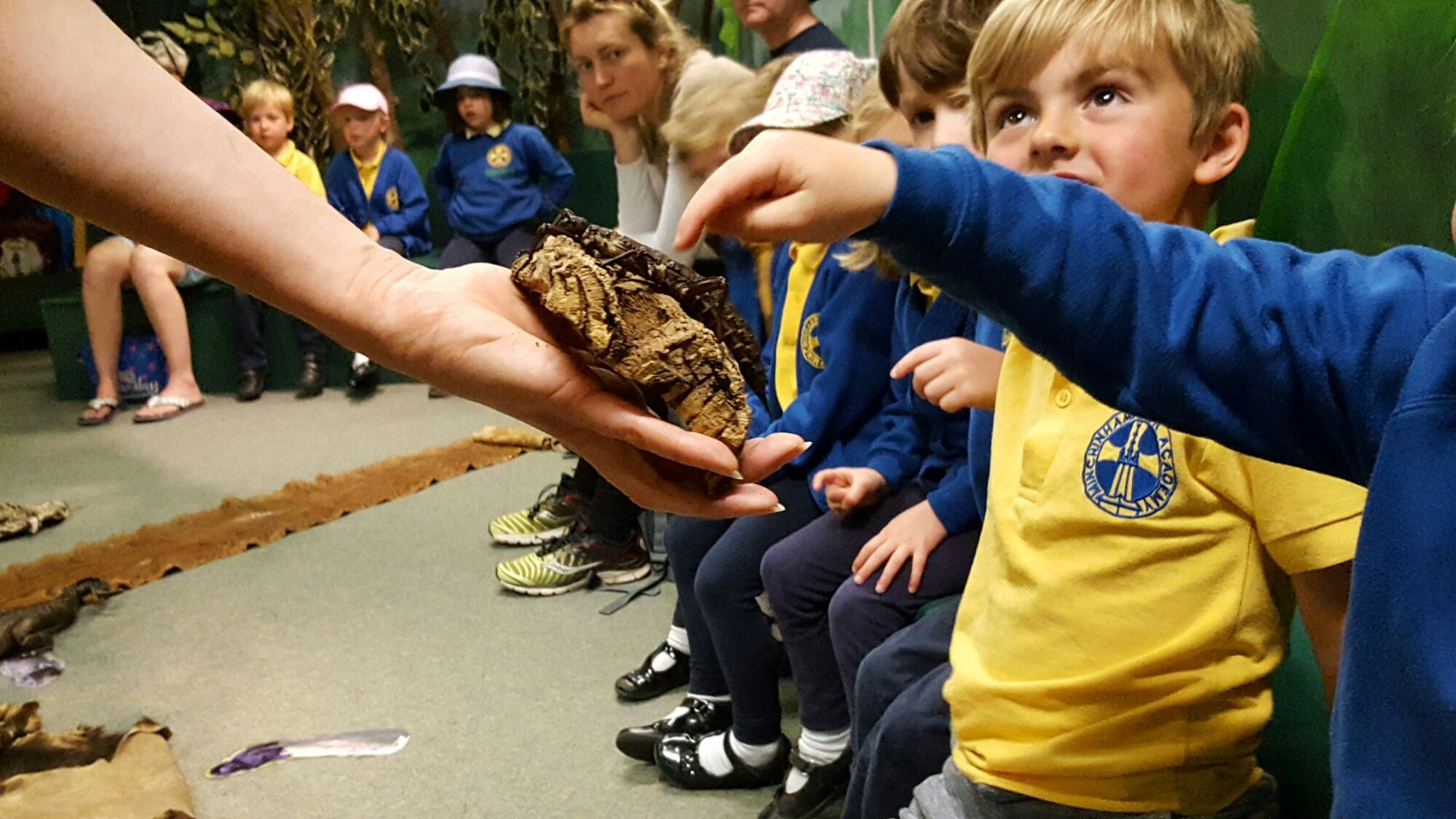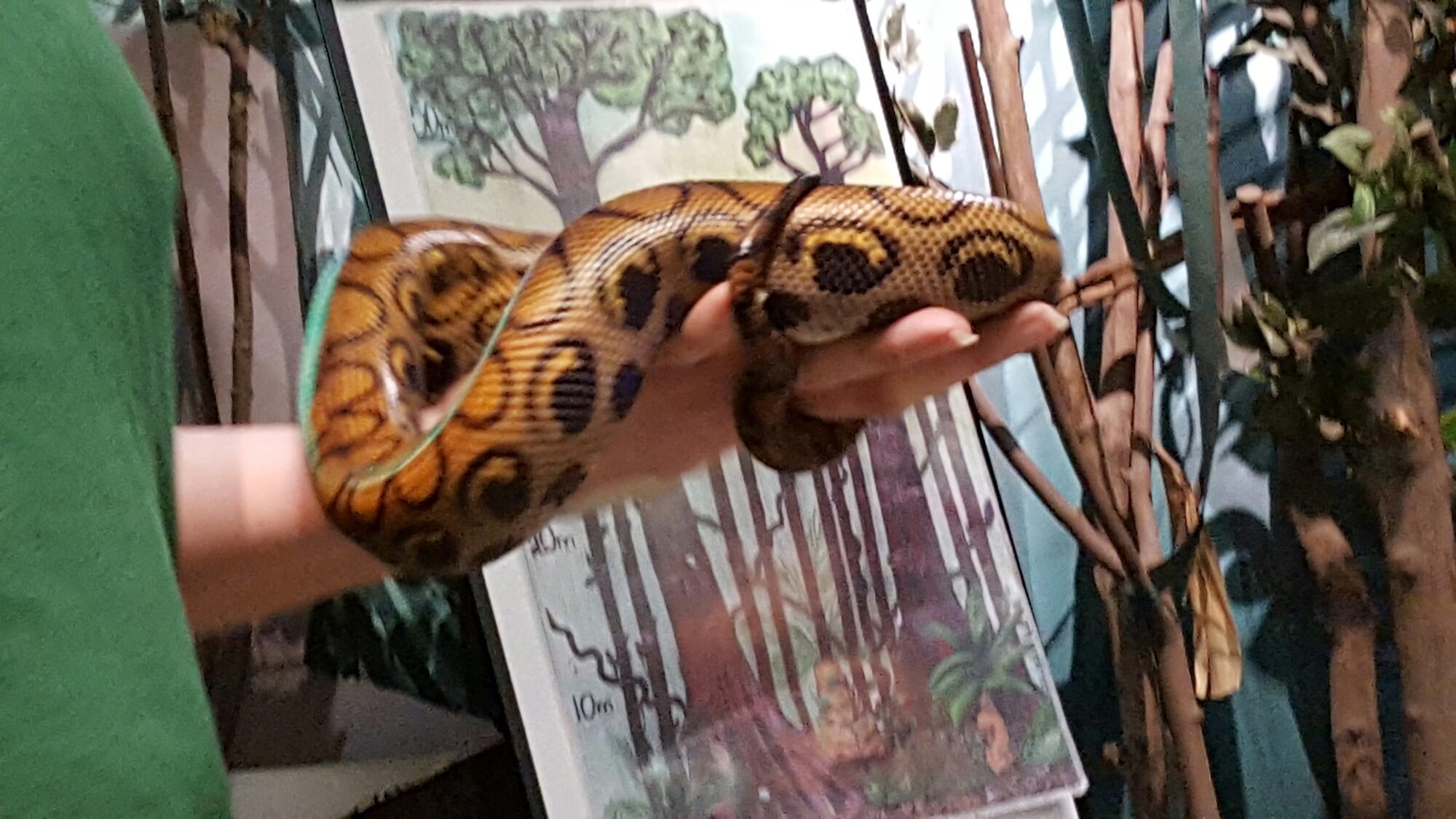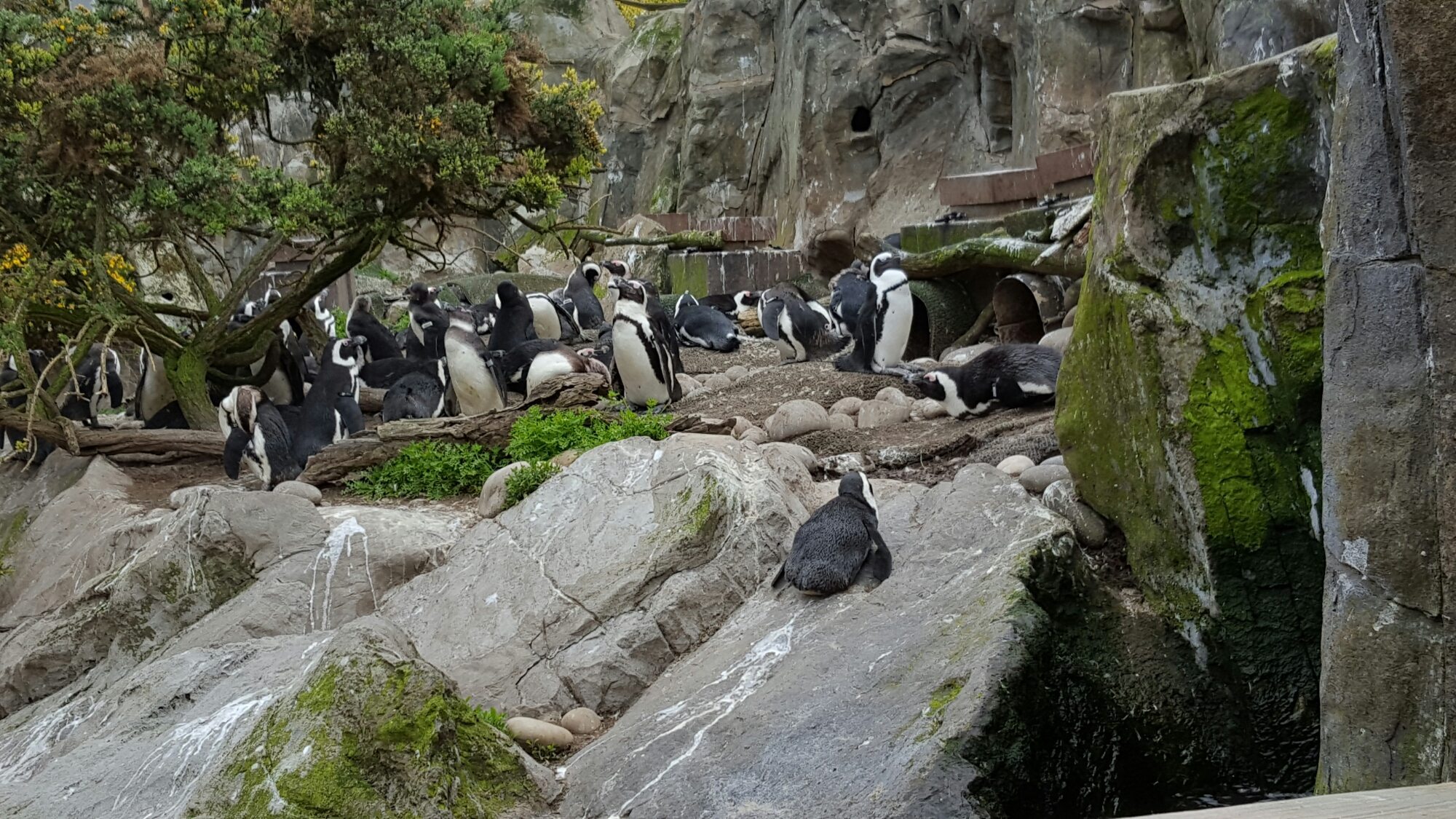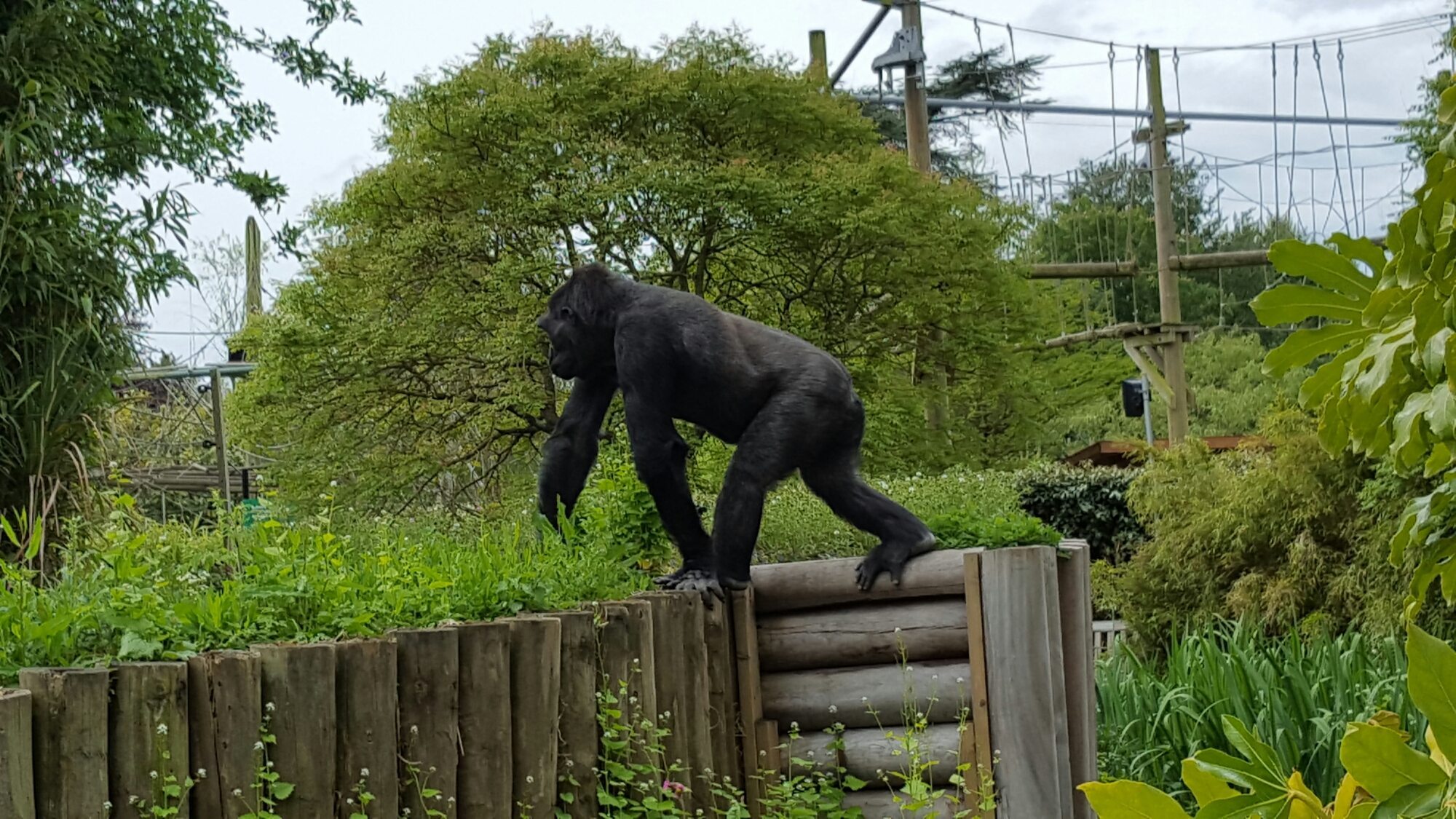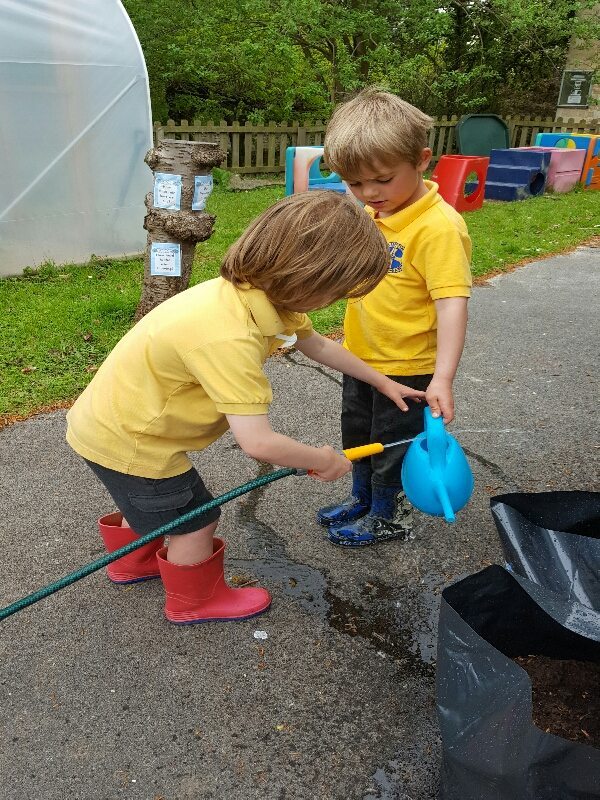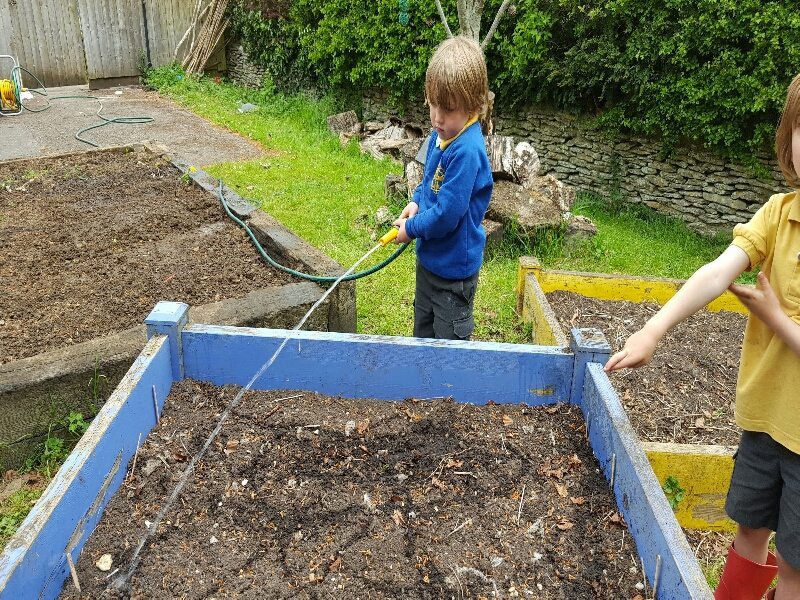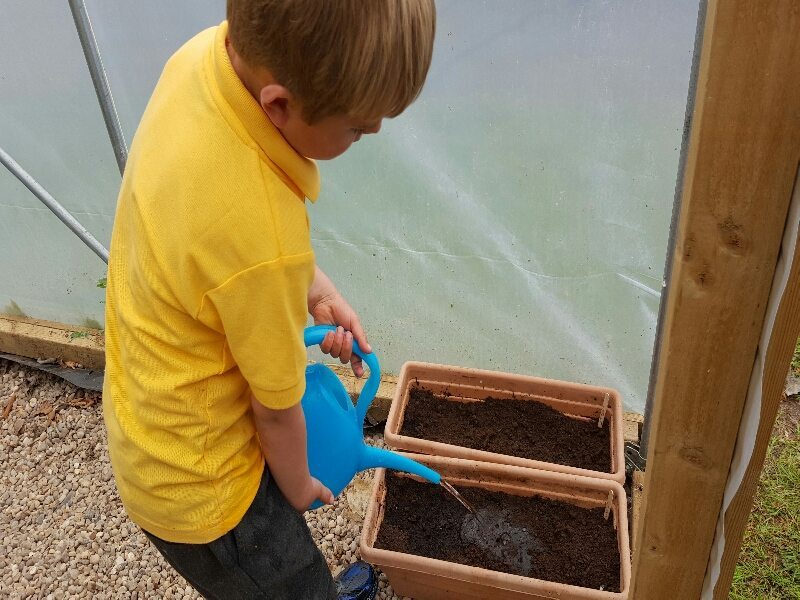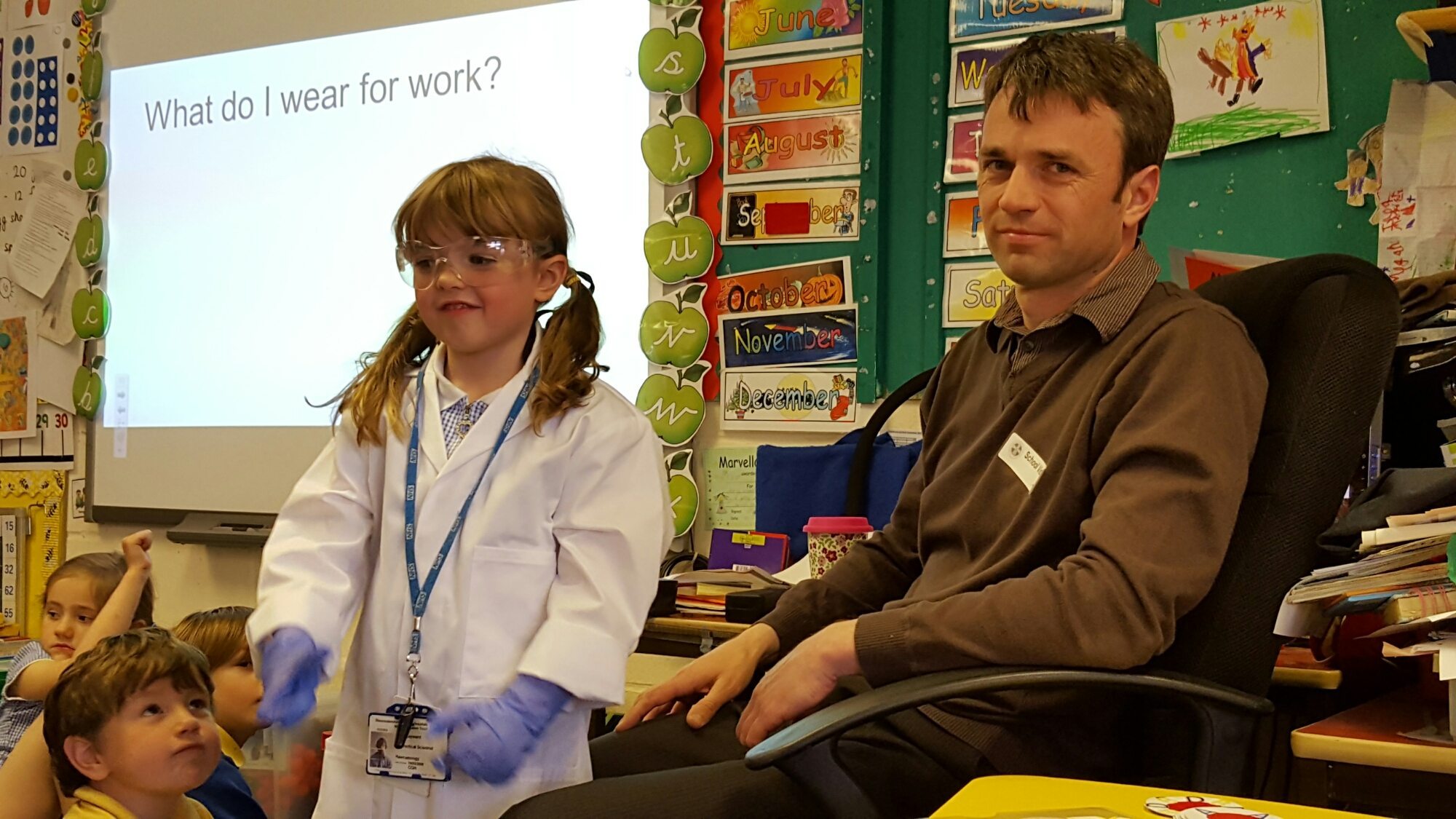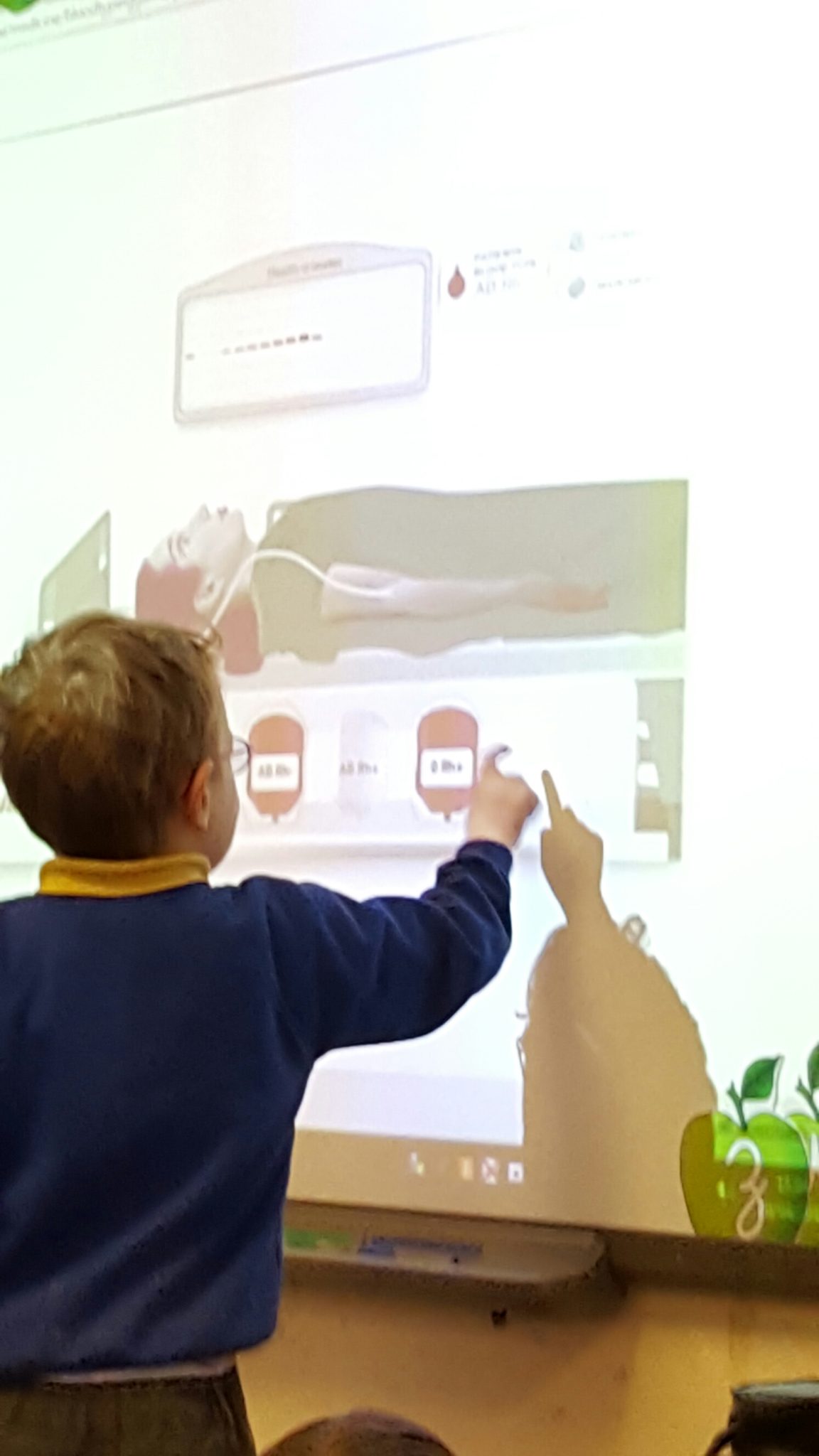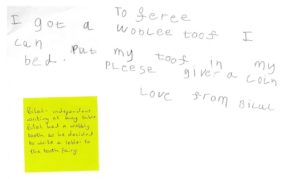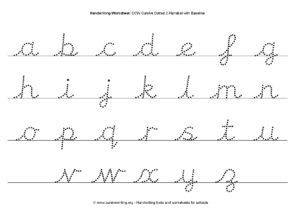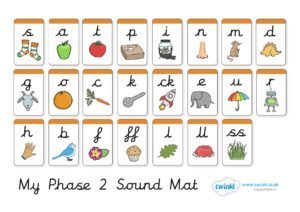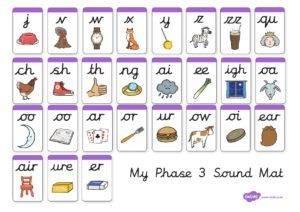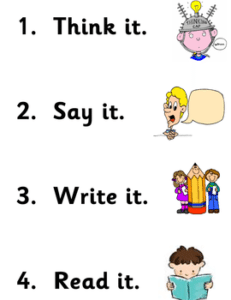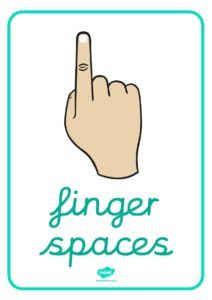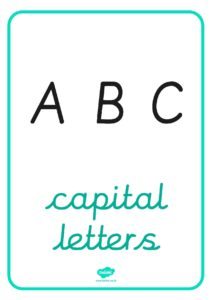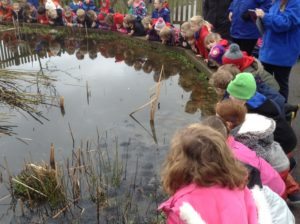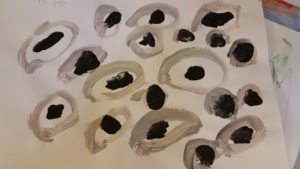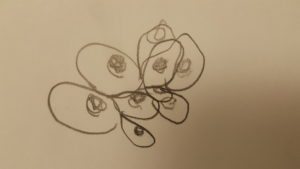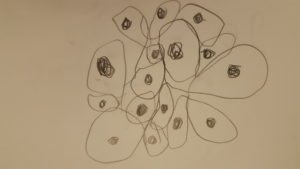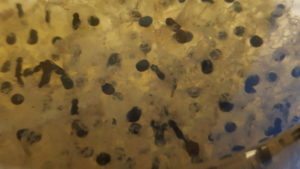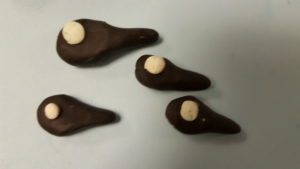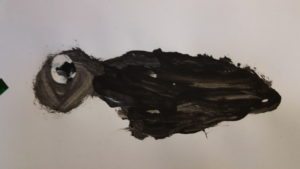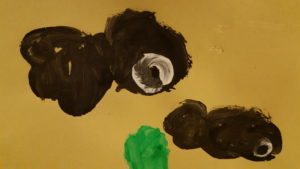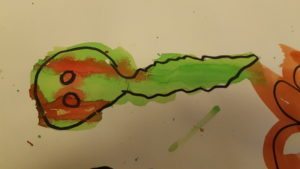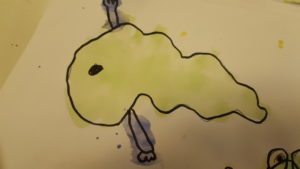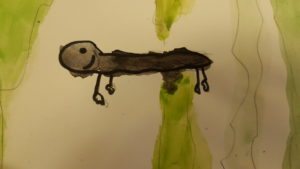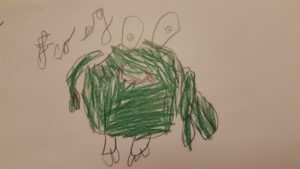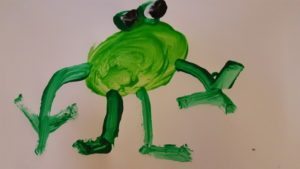Grandparents Day 2016 from Aqua Class on Vimeo.
Our trip to the zoo
What a fabulous day we have had at the zoo! We saw lots of animals, eg lions, gorillas, crocodiles, penguins and lots of monkeys. We all behaved really well and our teachers are very proud of us. We held a Madagascan Hissing Cockroach, toyched a giant stuck insect and stroked a snake. Thank you for all of our helpers.
Growing in the garden
Last week we were very busy in the garden.
First we dug the vegetable beds and removed all of the weeds.
Then we raked the soil and made holes and trenches in the soil.
After that we planted the seeds in neat rows.
Next we covered each seed with soil.
Finally we watered the seeds.
We planted onions, snap peas, potatoes, carrots, garlic, shallots, beetroot, butternut squash and pumpkin. Let’s hope they all grow!!!
We have water monitors and weed monitors to look after the plants every day.
Independent Writing
Look at a sample of different independent writing we have been doing this week.
Independent writing April 21, 2016 from Aqua Class on Vimeo.
Mr Hayward’s Visit
Today we were very lucky to have a visit from Sophie’s daddy who works as a Biomedical Scientist. He taught us about the protective clothes he needs to wear in his laboratory and all of the important jobs he has to do. We learnt that blood is pumped around the body by the heart and travels through arteries and veins. We also learnt that blood is made up of red cells, white cells and platelets.
Finally we played a Blood Transfusion game where we had to choose the correct type of blood to give the patient.
Thank you so much for coming in. It was great fun!
Writing
The summer term is upon us and we are in full swing.
We have learnt so much already and we still have two terms to go.
This term, in class, we are concentrating on writing.
Writing is used to communicate information and ideas. Through writing we explore ideas, record things we have done or need to do and share our thoughts, desires and feelings. It is particularly important that children in the early years gain control of spelling and handwriting and they need much support and encouragement as they attempt to write at this time.
By the end of Reception, to reach the expected level of development, children should –
“use their phonic knowledge to write words in ways which match their spoken sounds. They also write some irregular common words. They write simple sentences which can be read by themselves and others. Some words are spelt correctly and others are phonetically plausible.” ELG 10
Here are some examples of how this may look;
Some children will also exceed this and be able to – “spell phonically regular words of more than one syllable as well as many irregular but high frequency words. They use key features of narrative in their own writing.” ELG 10 exceeding statement.
Lots of us are now forming letters correctly and many of us are starting to write words on our own and there is still lots of things to learn and remember when writing.
We teach the children to write independently ie sounding out and spelling words on their own, using their own knowledge of phonics and letter formation.
We use sound mats to help with letter formation and to decide which sound to use.
When children write in sentences we encourage them to think it, say it, write it, read it.
This encourages children to spend time thinking about what to write, then rehearsing the sentence out loud. Oral rehearsal will allow the child to check if their sentence makes sense, and if it sounds the way they want it to. It means that they can edit and improve the sentence before they even put pen to paper. Once they are happy that the sentence sounds right, they can write it. Finally, the child checks the sentence by reading it aloud.
We also encourage children to use finger spaces between words, capital letters at the beginning of every sentence and full stop at the end of every sentence.
In class this term we will be writing everywhere – inside / outside, about anything and everything and we would be grateful if you could keep the momentum going by encouraging writing at home too.
- Encourage your child to have a go at writing and praise any attempts at independent writing – writing without adult support is a big achievement.
- Provide lots of attractive writing equipment, eg fancy pens, chalk, crayons and pencils, papers and notebooks, post-it notes and envelopes.
- Try to suggest good reasons for writing – postcards, shopping lists, cards and invitations.
- Encourage them to read back their writing to you.
- Try to resist giving them spellings or words to copy or trace over.
- Encourage them to sound words out as much as possible, even if they can only write the initial sound or a couple of sounds in a word.
- Gently correct or show your child letter formation – this is tricky for young children to grasp.
- Remind your child to use lower case letters and only use upper case only for names and at the beginning of sentences.
- Encourage your child to have the correct pencil grip.
- As their writing progresses, encourage them to use full stops and capital letters.
- Don’t worry if the letters are not even or don’t stay on the line – it would be unusual if they did.
- Most of all, make writing fun!
We would love to see all of your writing at home so please bring it in to share with the class or upload a picture onto your child’s learning diary so that we can see what you have been getting up to. Thank you.
Tadpole Blues
Here is our Tadpole Blues song…
tadpole blues aqua class own voices from Aqua Class on Vimeo.
Sports Relief
Today for Sports Relief, everyone in Aqua Clase ran 1 mile – 3 times around the school field. Tremendous running everyone!!!!
FROGS
Aqua Class had a busy week last week learning all about frogs. We visited the pond and were surprised to find lots and lots of frogspawn and when we kept really still, we saw lots of frogs swimming about in the water.
We carefully collected some frogspawn and looked closely at the eggs and drew or painted what we could see. We also wrote some independent sentences too.
Throughout the week we watched the frogspawn closely, looking for changes and we noticed that the full stops inside the eggs were turning into commas.
We learn about the life cycle of a frog..
First the frog lays eggs in the pond.
Next, the eggs hatch into tadpoles.
Then the tadpoles grow two back legs.
After that the tadpole grows two more legs and becomes a froglet.
Finally, the froglet loses its tail and becomes a frog.
We drew, painted with poster paints and water colours and even made frogs out of plasticine.
We went to the library to find out more information about frogs.
Did you know. a group of frogs is called an army.
Did you know, tadpoles breathe through gills on the sides of their heads and frogs breathe using lungs.
Did you know that only male frogs croak.
What a wonderful week.
People who help in the church
Today we visited the church to learn about people who help us in the church.
Sandy told us about the flower guild who organise and arrange the flowers. The cleaning guild are volunteers who vacuum and dust the church. They use an enormous long feathery duster to reach the top parts. There are brass cleaners to make the brass items super shiny. Outside there are bell ringers in the tower for weddings, funerals. The choir sing at a Sunday service and the organist plays the organ. They have rotas for everything, kitchen, coffee. Church wardens make sure all the fabric in the church is in order. They also have grass cutters and volunteer gardeners. Sacriston are in charge of silver and linen.
Sandy and Helen are priests. Other names are ministers or clergy. They lead services in the church.
